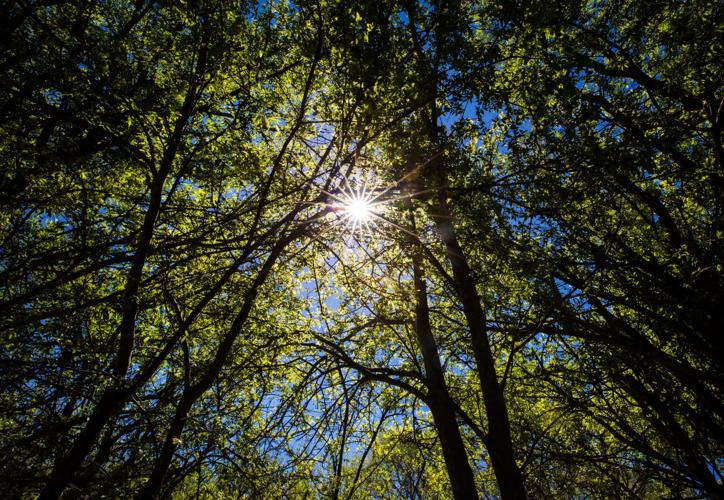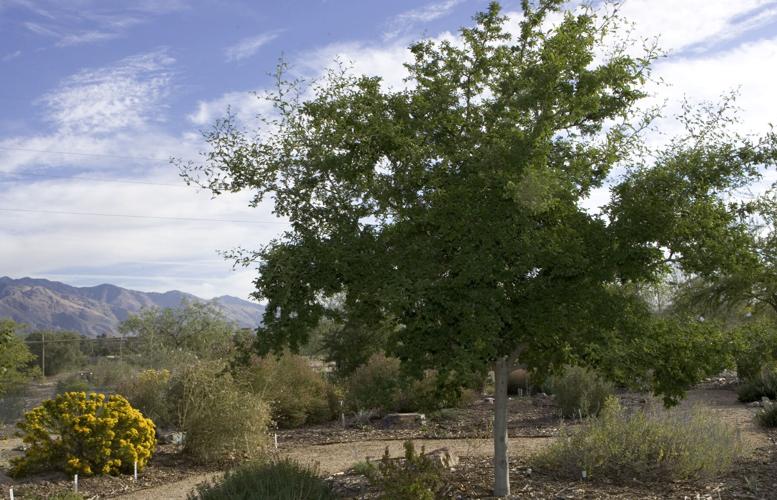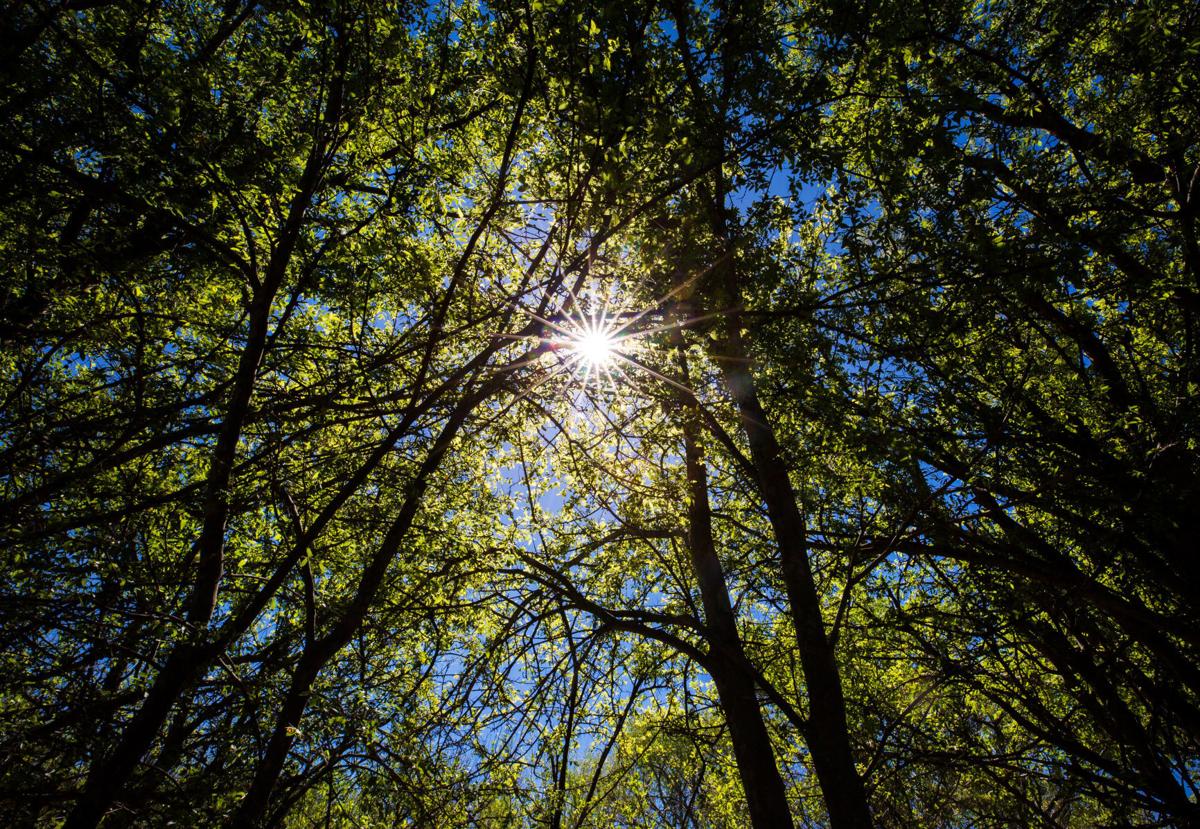A lot of our native trees are on the small size. This works very well for small backyards and patios, but sometimes you just need a tall tree to provide lots of shade and to draw your eye upward to the sky.
Tall trees are also great habitat for owls, bats, and other flying predators. Because of their size, however, you want to pick a tree that won’t need huge amounts of water during its long life.
I’ve put together a list of some tall native trees that you can consider in your landscape. Be sure to read more about them if you decide to plant them. Most of these trees are from our riparian zones, and thus will do best in a wetter, shadier area, for instance near a stream bed. If you don’t have the fortune of your own stream bed, you can create one in your yard to capture rainwater or gray water, and improve the conditions for these trees without having to water them constantly.
Some of these trees will be hard to find at regular nurseries. Check out Spadefoot Nursery and Desert Survivors Nursery to see if they have them or can procure them for you.

The Texas Ebony is a near-native tree that can grow as high as 40 feet, but it will take a long time to get there.
Honey mesquite (Prosopis glandulosa var. torreyana): This tree is native to our area, and usually grows to about 30 feet in the wild, but it can get as high as 60 feet. It’s extremely hardy (to -30 F) and can grow in full sun. If you want it to get taller, you will need to give it regular water, unless its roots can reach the water table (like near a stream). This is a wonderful tree for wildlife.
Canyon hackberry (Celtis reticulata): This is a great native habitat tree but will need to be away from walkways and buildings due to its thorny branches. It grows to 50 feet, needs a bit more water than mesquites and palo verde trees as it’s native to our canyons and riparian areas. It will survive on low water, but it won’t look its best. It’s very thorny and rather scraggly-looking when young, but will eventually grow into its shape; hardy to -20 F.
Texas ebony (Ebenopsis ebano): This near-native tree can grow as high as 40 feet, but it will take a long time to get there. It’s also quite thorny, and produces large brown pods, so it’s not a good tree to put in patios, walkways, driveways, and the like, but it’s great for low-traffic areas. It’s evergreen in Tucson, and hardy to 10-20 F (sources differ). It’s beautiful dark green foliage, creamy flowers, and great bird habitat makes up for its downsides.
Utah juniper (Juniperus osteosperma): This near native is a good evergreen tree for our area, since most of the native junipers and cypresses tend to grow above 3,500 feet. The Utah juniper is happy in the low desert, but prefers afternoon shade. It grows up to 40 feet tall, is drought tolerant and hardy to -25 F. Many conifers have been doing poorly in Arizona due to climate change, so make sure you put this in a spot where it won’t get too heat-stressed.
Mexican blue oak (Quercus oblongifolia): Most of our native oaks do best at higher elevations, but this one should be OK at our elevation as long as it has some afternoon sun. It grows to about 30 feet, so it’s one of the shorter trees on this list, but oaks are important habitat and food trees for wildlife so I wanted to include one. It will need some supplemental water, but not a lot. It’s very hardy, to 0 F.
Velvet ash (Fraxinus velutina): This native tree tends to grow in riparian zones, so it will do best with part shade and more water than other native trees. It grows to 40 feet, and is hardy to -10 F. It’s a great habitat tree for birds, butterflies, and other wildlife. It is deciduous and turns a lovely yellow color in the fall. This tree will do best at elevations near and over 3,000 feet.
Arizona sycamore (Platanus wrightii): This native can grow up to 80 feet tall and is hardy to -8 F. It’s deciduous and has beautiful fall color. It will require regular water, however, since it’s used to stream beds, so consider watering it with gray water so it gets a steady supply.
More resources:






